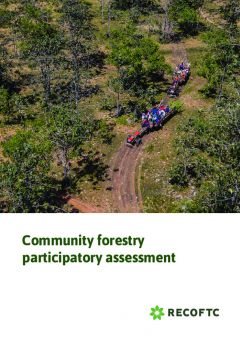Mineral Soil Texture–Land Cover Dependency on Microwave Dielectric Models in an Arid Environment
In this study, we measured and characterized the relative dielectric constant of mineral soils over the 0.3–3.0 frequency range, and compared our measurements with values of three dielectric constant simulation models (the Wang, Dobson, and Mironov models). The interrelationship between land cover and soil texture with respect to the dielectric constant was also investigated. Topsoil samples (0–10 cm) were collected from homogenous areas based on a land unit map of the study site, located in the Gamsar Plain in northern Iran.





